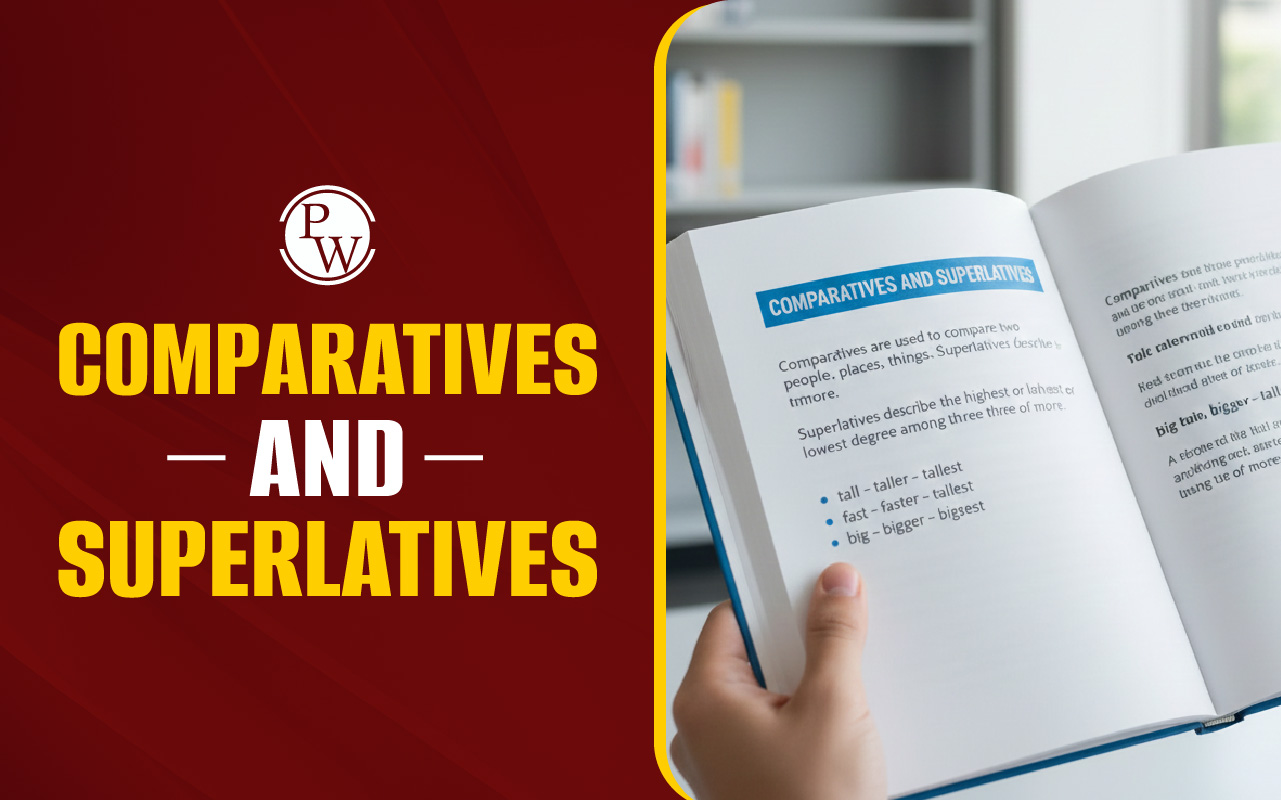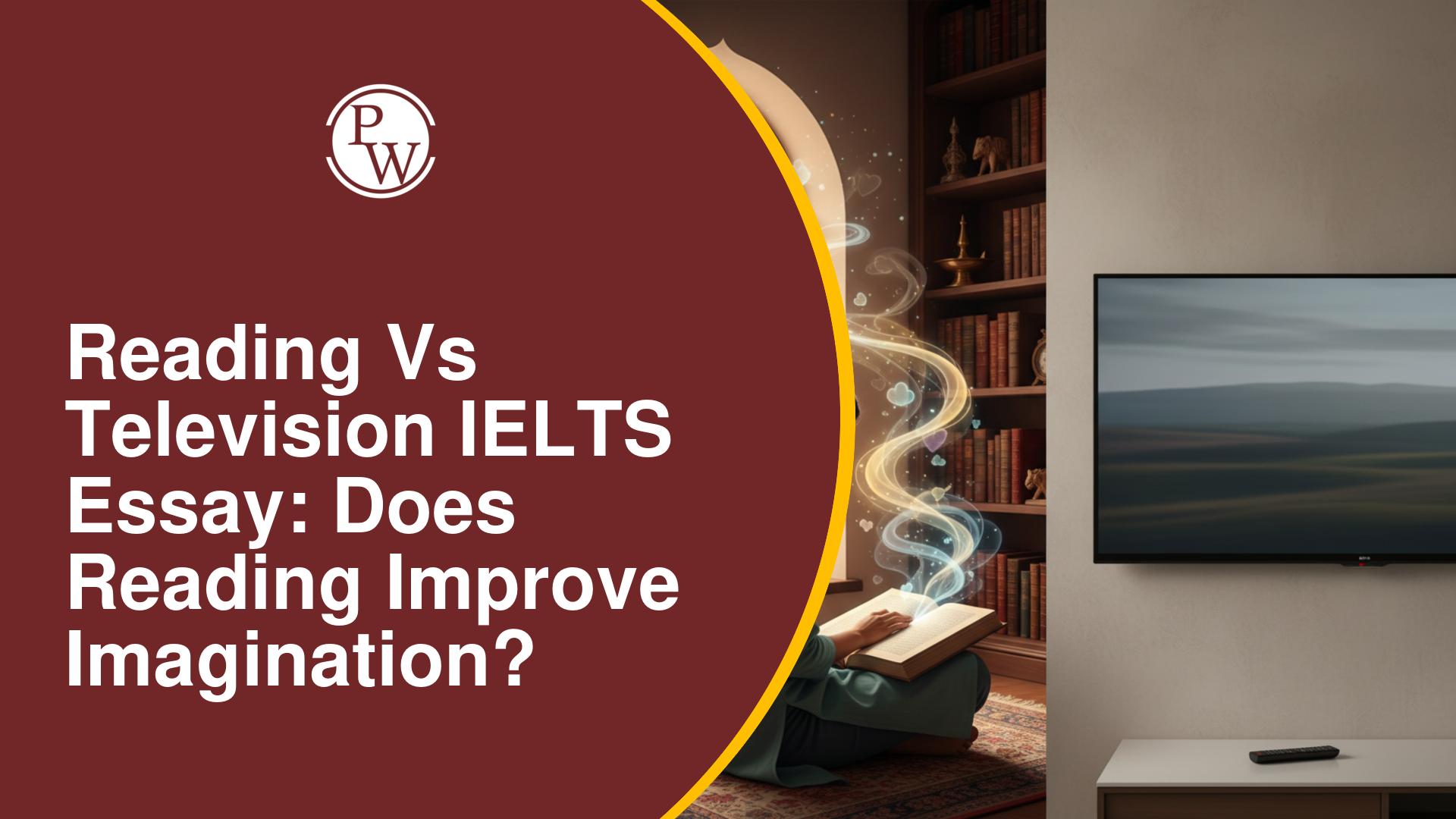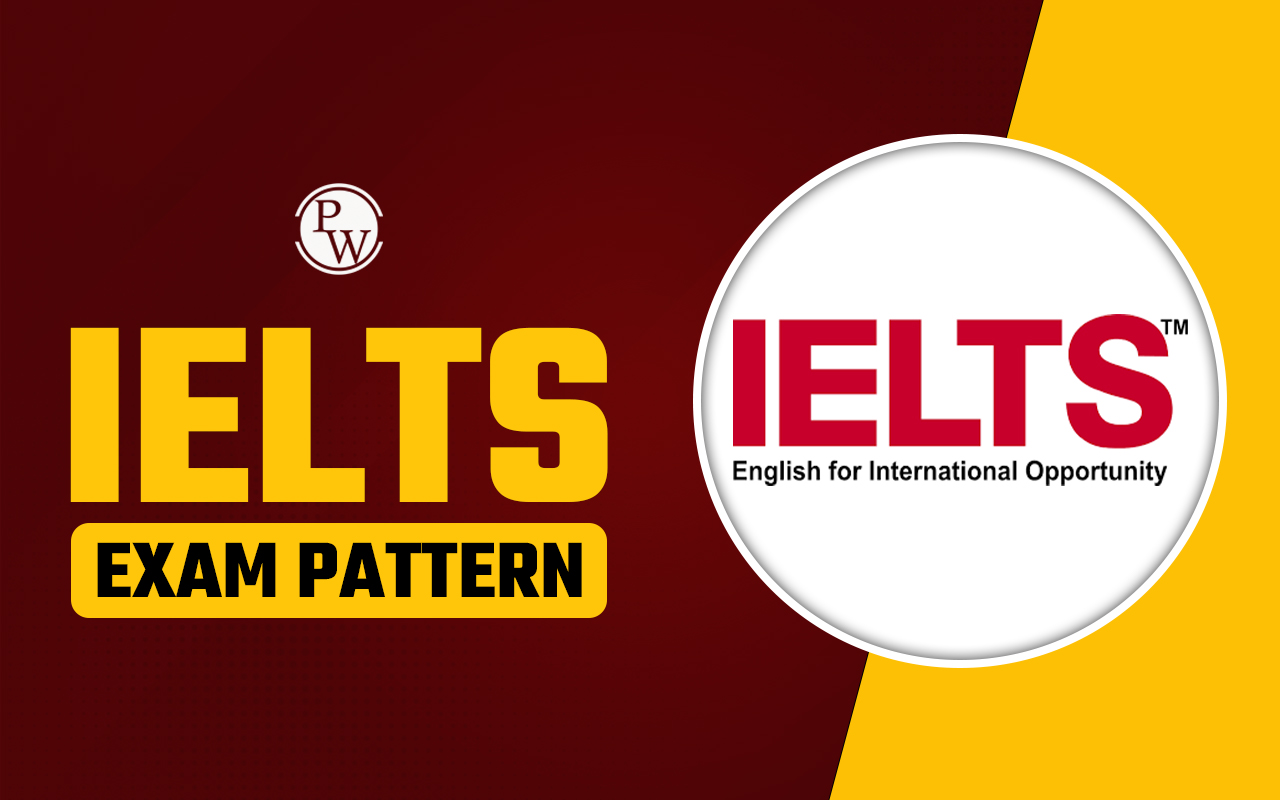
The Braille System IELTS Reading Answers: To achieve good marks in the IELTS Reading section, students need comprehension and a strategic approach to solve questions. This practice is particularly crucial when they get passages on topics like the Braille system. The content of the Braille System IELTS reading answers can be tricky to understand. Candidates having the basic understanding of how Braille works as a tactile system using raised dots for letters and numbers get an edge during the actual exam.
This guide outlines key techniques for approaching Braille-related passages, focusing on the frequently asked questions. Candidates can also access the correct answer for each question, which helps in performance analysis.
Free IELTS Reading Practice Tests
The Braille System IELTS Reading Answers Passage
Provided below is the IELTS reading passage on the Braille system. Candidates should carefully read the passage and then solve the related questions. Practising different types of passages is essential to improve IELTS preparation.
The Braille System IELTS Reading Answers
The Braille system is a contact reading and writing device for the blind, where the dots indicate the letters and numbers. It also has dots for punctuation marks and markers for showing letter groupings. They read using both hands, but mostly using their index fingers. They can read at a speed of about 125 words per minute on average. Some people can read up to 200 words per minute. Blind people will learn about the written word while using the braille alphabet. They will also learn things like pronunciation, punctuation, paragraph formatting, and footnotes.
Most importantly, braille gives blind people access to a wide variety of items, including leisure and instructional reading, income reports, restaurant menus and critical things in everyday adult life like contracts, laws, insurance plans, indexes, and cookbooks. Using materials such as musical scores, songbooks, card games, and chess, blind people will also enjoy activities and cultural stimulation through braille. Many other methods have been tried over the years to help blind people to read. Many of those were elevated copies of print letters. The braille scheme became a success because it is made on a logical series of signs intended for the fingertips instead of imitating signs designed for the eyes.
Braille has a long tradition that dates back to the beginning of the 18th century. In Bonaparte’s French army, a man named Charles Barbier invented a unique technique known as “night printing” so soldiers could talk peacefully at night. Barbier, a veteran of the military, saw the deaths of several troops who used lights after dark to understand battle signals. Because of the light from the torches, enemy combatants realised where the French soldiers were, causing the death of several men. Barbier’s “night printing” technique is made on an elevated 12-dot cell that is 2 dots wide and 6 dots deep. Inside the cell, each dot or mixture of dots denoted a letter or phonetic sound. The issue with the legal regulations was that the normal fingertip did not recognise any of the dots with a single touch.
Louis Braille was born in a French village called Coupvray on Jan 4, 1809. He went blind at a young age after accidentally stabbing himself in the eye with his father’s blade. Braille’s father was a leather maker who used a tool to punch holes in the leather goods he made. At the age of 11, Braille was inspired to change Charles Barbier’s “night printing” code to make an effective written correspondence device for all the blind people. He had joined the National Institute of the Blind in Paris a year before. He spent the best part of the next 9 years designing and making a perfect pattern of raised dots that bears his signature, Braille.
With all of Braille’s efforts, the coding was now directed on cells of just 6 dots rather than 12. This crucial advancement meant that a fingertip could cover the entire cell unit with a single impression and travel quickly from one cell to the next. Braille eventually gained acceptance around the world as the main mode of written communication for blind people. Even today, there is no difference in the braille system from what he invented. However, some small changes have been made to the braille system, most notably the addition of contractions describing groups of letters or entire words that occur regularly in a script. Contractions allow for easier braille reading. It also helped to reduce the scale of braille books, making them even lighter.
In 1853 Braille passed away, at the age of 43, a year before his native France adopted braille as the official correspondence method for the blind. In 1860, Braille made its way “across the pond” to America, where it was used by The Missouri School for the Blind in St. Louis. The legacy of Louis Braille has enriched the lives of millions of people who are blind. As a consequence, blind people from around the world learn from Braille’s work on a regular basis. Today, braille code has been transposed in a variety of languages all over the world. Braille will be proud to know that his work has helped many people get literacy over the years. The effect is largely inspiring and helps them to achieve success in their academics and their career paths.
Also Read:
Braille Reading IELTS Explanation
The passage explains the origin, structure, and importance of the Braille system. This is a tactile reading and writing method for the blind that uses raised dots to represent letters, numbers, and symbols. It allows blind people to read by sensing the raised letters with their fingers. The Braille system helps blind people access education, daily information, and leisure activities.
Charles Barbier's “night printing” system for soldiers was initially taken as an inspiration for the Braille system. Louis Braille later improved this idea into a simpler, 6-dot version suitable for fingertip reading. His system became the standard for blind communication worldwide. It is being used even today with minor updates like contractions to make reading faster. Braille's invention has significantly contributed to the literacy and independence of blind people globally.
Sample Question for The Braille System IELTS Reading Answers
Here is the list of questions based on the Braille system IELTS passage. Candidates must read each question to understand its meaning and accurately answer them.
Question Type 1: TRUE / FALSE / NOT GIVEN
Check the following statements and state if they are correct as per the information in the passage?
Write:
-
TRUE if the statement agrees with the information.
-
FALSE if the statement contradicts the information.
-
NOT GIVEN if there is no information on this.
-
Blind people typically read Braille using only one hand.
-
Some Braille readers can read more than 150 words per minute.
-
Braille books were heavier before the introduction of contractions.
-
Charles Barbier designed the Braille system for school use.
-
Braille was officially adopted in the United States before France.
Question 2: Multiple choice
6. What was the main issue with Barbier’s original 12-dot system?
-
It was too similar to printed letters.
-
It required a special light to read.
-
It was too large for one fingertip to detect at once.
-
It had too few symbols to represent all sounds.
7. Why did Louis Braille decide to modify Barbier’s system?
-
He wanted to create a faster way to read.
-
He had experience with leather tools.
-
He needed a system that worked better for blind people.
-
He was asked by his teachers at the institute.
Question 3: Sentence Completion
Complete the sentences below using no more than two words from the passage.
8. Braille readers usually use their ________ to read the text.
9. Earlier methods for blind readers were based on copies of ________ letters.
10. The use of ________ in modern Braille helps shorten books.
11. Louis Braille first entered the ________ when he was ten years old.
Question 4: Matching Information
Match the following statements with the correct person or group from the list below.
-
Louis Braille
-
Charles Barbier
-
Blind readers
-
French army
12. Developed a system to allow communication at night.
13. Created a code using fewer dots to fit a fingertip.
14. Use Braille for entertainment and learning.
15. Lost lives due to using light during battle.
IELTS Reading Answers for Visually Impaired Reading System
Presented below are the answers to each question based on the Braille system IELTS reading passage:
Answers 1
-
False (The passage says blind people read using both hands, mostly with their index fingers.)
-
True (It states some can read up to 200 words per minute.)
-
True (Contractions helped reduce the size (and thus weight) of Braille books.)
-
False (Barbier created “night printing” for soldiers, not for schools.)
-
False (France adopted it first (in 1854), America in 1860.)
Answer 6: C
Explanation: The passage clearly mentions that the problem with Barbier’s system was that a fingertip could not recognise all the dots at once.
Answer 7: C
Explanation: Braille was inspired to make a system that was an effective communication method for blind people across the world.
Answer 3:
-
index fingers
-
print
-
contractions
-
National Institute
Explanations: All answers are directly mentioned in the relevant paragraphs of the passage with clarity.
Answers 4:
-
B (Charles Barbier invented “night printing.”)
-
A (Louis Braille reduced the code to 6-dot cells.)
-
C (Blind readers use Braille for cultural and educational purposes.)
-
D (Soldiers in the French army died due to visible torchlight.)
| IELTS Reading Band Score | IELTS Listening Band Score |
| IELTS Speaking Band Score | IELTS Writing Band Score |
How to Approach the IELTS Reading on Braille?
Understanding the main idea of each paragraph of the passage helps candidates quickly find the answers. This approach is specifically important for questions like matching headings or summary completion.
Here's a breakdown of how to approach the Braille system IELTS reading answers passage:
-
Skim through the passage to get an idea about the topic.
-
In each paragraph, identify the main idea.
-
Note down the major details such as names, dates, and inventions while reading the passage.
-
Candidates may choose to look for keywords in the questions. This approach helps in identifying the passages where they can find the answers to specific questions.
-
Scan the passage to find matching words or synonyms from the questions.
-
Focus on headings that summarise the paragraph as a whole. This practice is crucial for answering the matching heading questions.
-
Read carefully to distinguish between True, False, and Not Given statements.
-
Use the exact words from the passage when answering sentence completion questions.
-
Avoid assuming anything that is not directly stated in the passage.
-
When reading the passage, candidates must track their time. It is recommended to spend a maximum of 20 minutes per passage.
Guidance of PW IELTS
Physics Wallah offers a few popular online IELTS courses for all students. Follow the latest IELTS articles to better prepare for the exam.
| IELTS Registration | IELTS Eligibility Criteria |
| IELTS Exam Pattern | IELTS Syllabus |
| IELTS Exam Dates | IDP IELTS Test Centers |









